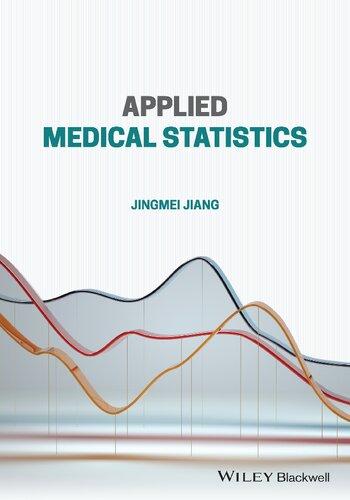1. A randomized trial was conducted to compare two treatment regimens for lung cancer and 137 patients...
Question:
1. A randomized trial was conducted to compare two treatment regimens for lung cancer and 137 patients with lung cancer were enrolled. Part of the data are shown in Table 17.10, including treatment regimens (treatment, 1 = standard therapy, 2 = test therapy), survival time (time, days), and survival status (status, 1 = event, 0 = censored). Answer the following questions.
(a) What are the characteristics of the survival data? How do you define the initial event, terminal event, and survival time in the data?
(b) What is the meaning of censored data? What caused censoring and what impact may censoring lead to?
(c) S t ( ) is an important function for the description of the prognostic data. Interpret its meaning in your own words and explain its difference with other descriptive statistics introduced previously.
(d) What is the KM method? Use the KM method to estimate S t ( ) for patients treated with the two treatment regimens and draw survival curves.
(e) Find the median survival time for patients treated with the two treatment regimens, respectively. What is the difference in median survival time? Can we use the t-test to compare the survival time?
(f) Is it appropriate to use the life table method to solve question (d)? Give your reason?
(g) Fit a Cox regression model to the data.
(h) What are the model assumptions regarding Cox’s regression? How do you check the assumptions in this case?
(i) How do you interpret the regression coefficient?
(j) Suppose that other prognostic factors are collected such as tumor stage and type. How does this affect your analysis plan? How would you like to use the model results to compare survival of two patients given their specific prognostic factors?
Step by Step Answer:






